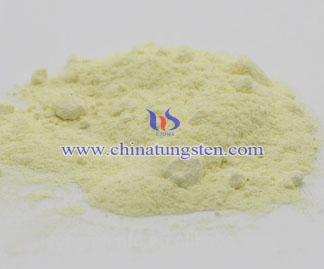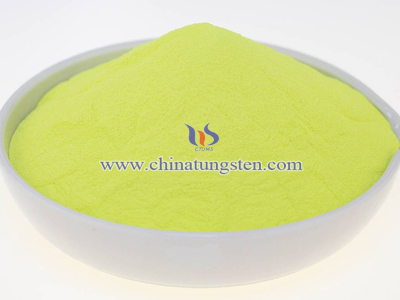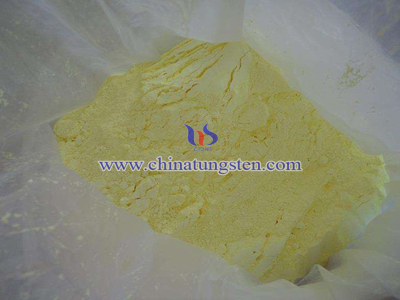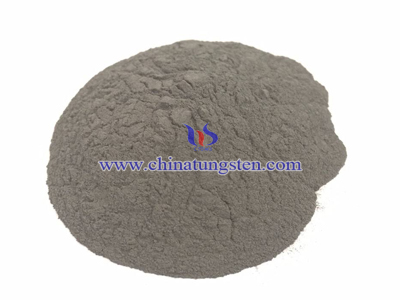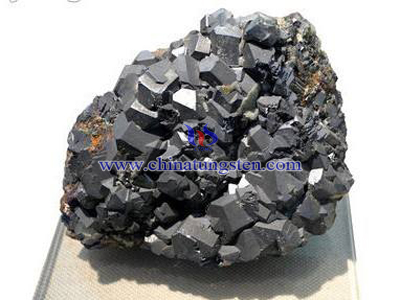Electrochromic Material
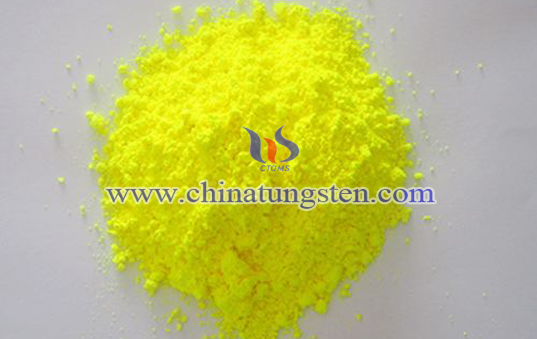
Electrochromic material has good ion and electron conductivity, high contrast ratio, discoloration efficiency, cycle time and so on. In terms of structure and electrochemical property, electrochromic material can be divided into organic electrochromic material and inorganic electrochromic material. Inorganic electrochromic material is stable, the change of color is because the input and output of ion and electron; color of organic electrochromic material is changed by oxidation reduction reaction.
Inorganic Electrochromic Material
Inorganic electrochromic material is transition metal or its derivative. Metal ion of electric layer structure is unstable, valence state can reversibly change under certain condition, forms mix valence state of coexisted ions. Color changes along with valence state and concentration. According to electrochromic property it can be divided into reduction state stain material, oxidation state stain material and oxidation/reduction state stain material.
Inorganic electrochromic material has stable chemical property, and it can be sticked onto substrate, easy to produce, high anti-radiation capability, easy to realize in all-solid-state. WO3 is the most practicable material which is being researched thoroughly.
Organic Electrochromic Material
Organic electrochromic material has the advantages like: low cost, good cycle reversibility and optical property, color changes very fast; with the oxidation reduction, the color changes from single color to multi color. However, organic electrochromic material is unstable in chemical property, low anti-radiation capability, hard to stick to substrate. According to structure of material it can be divided into oxidation-reduction organic electrochromic material, conducting polymer organic electrochromic material and metal organic complex compound electrochromic material.

